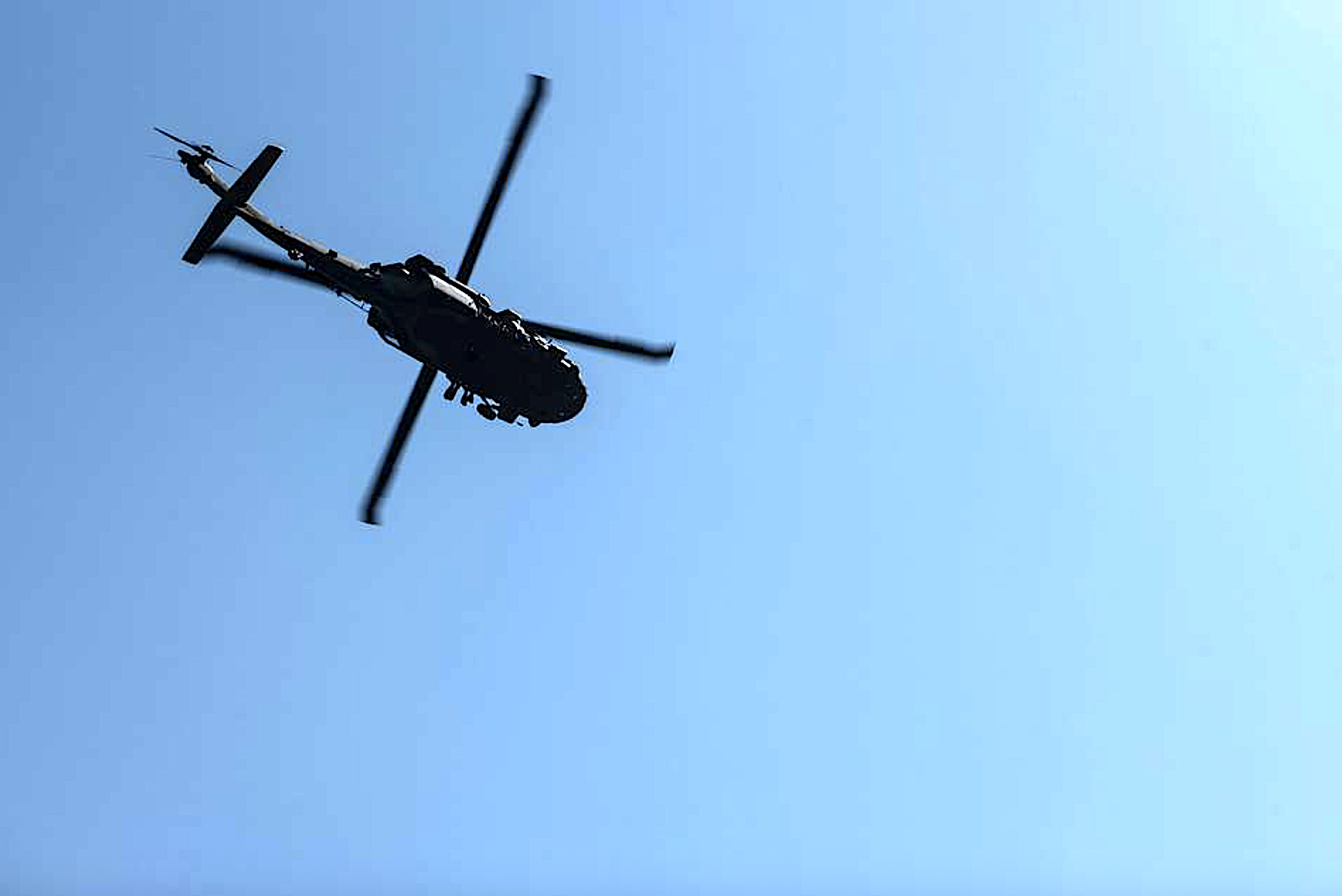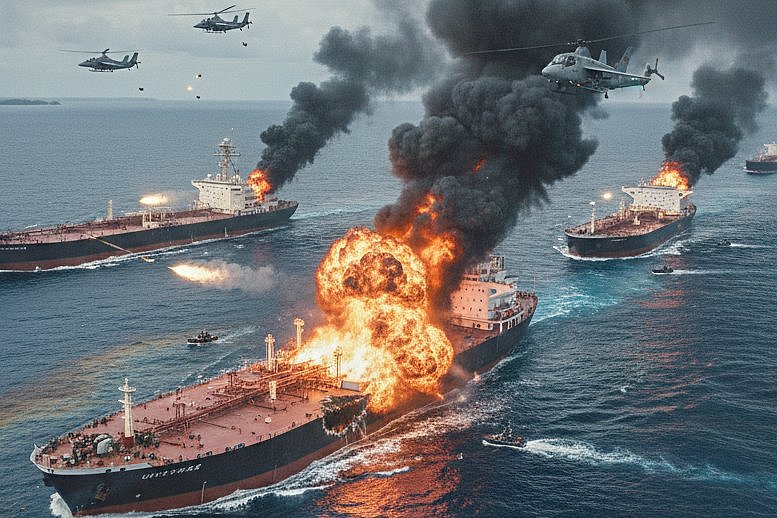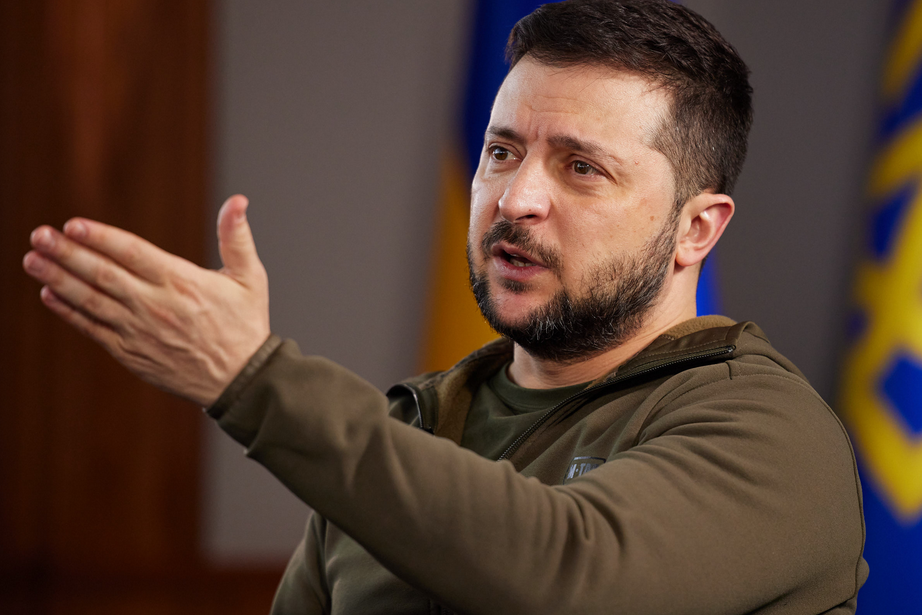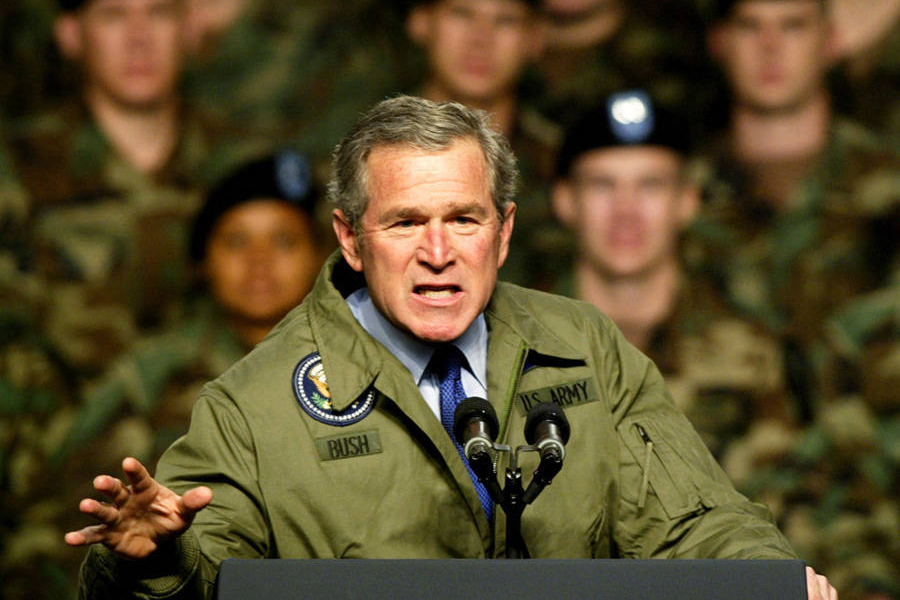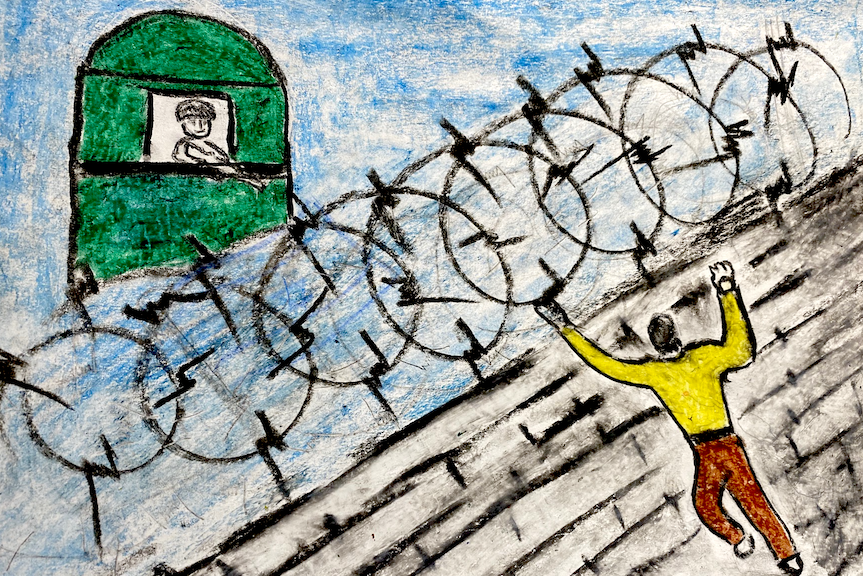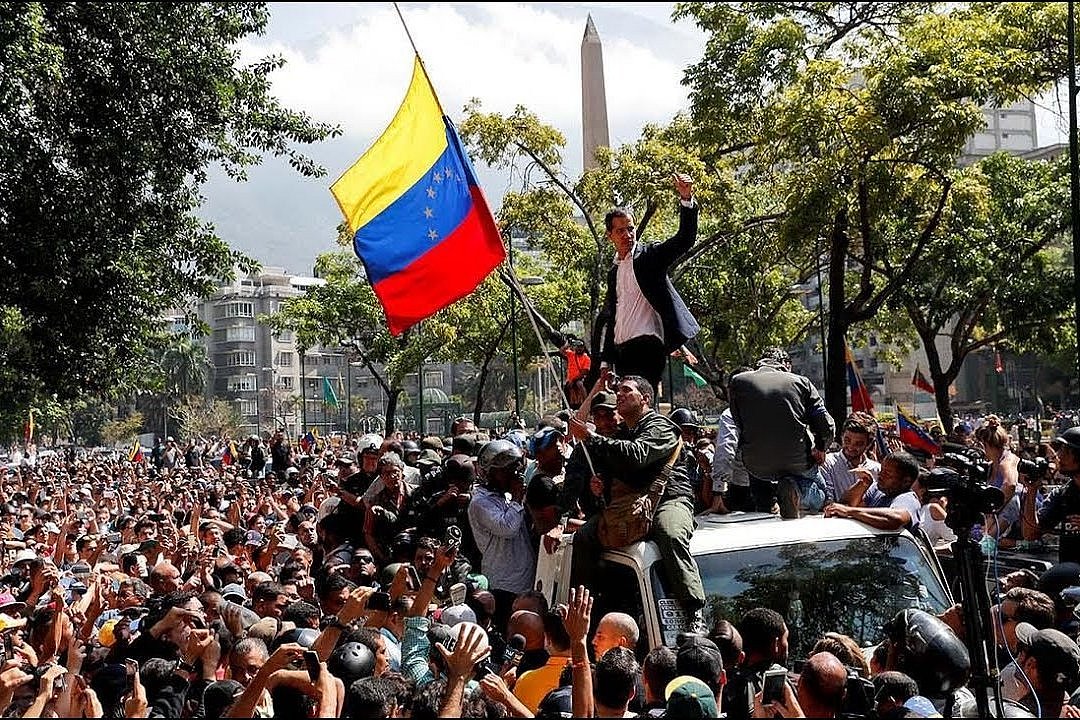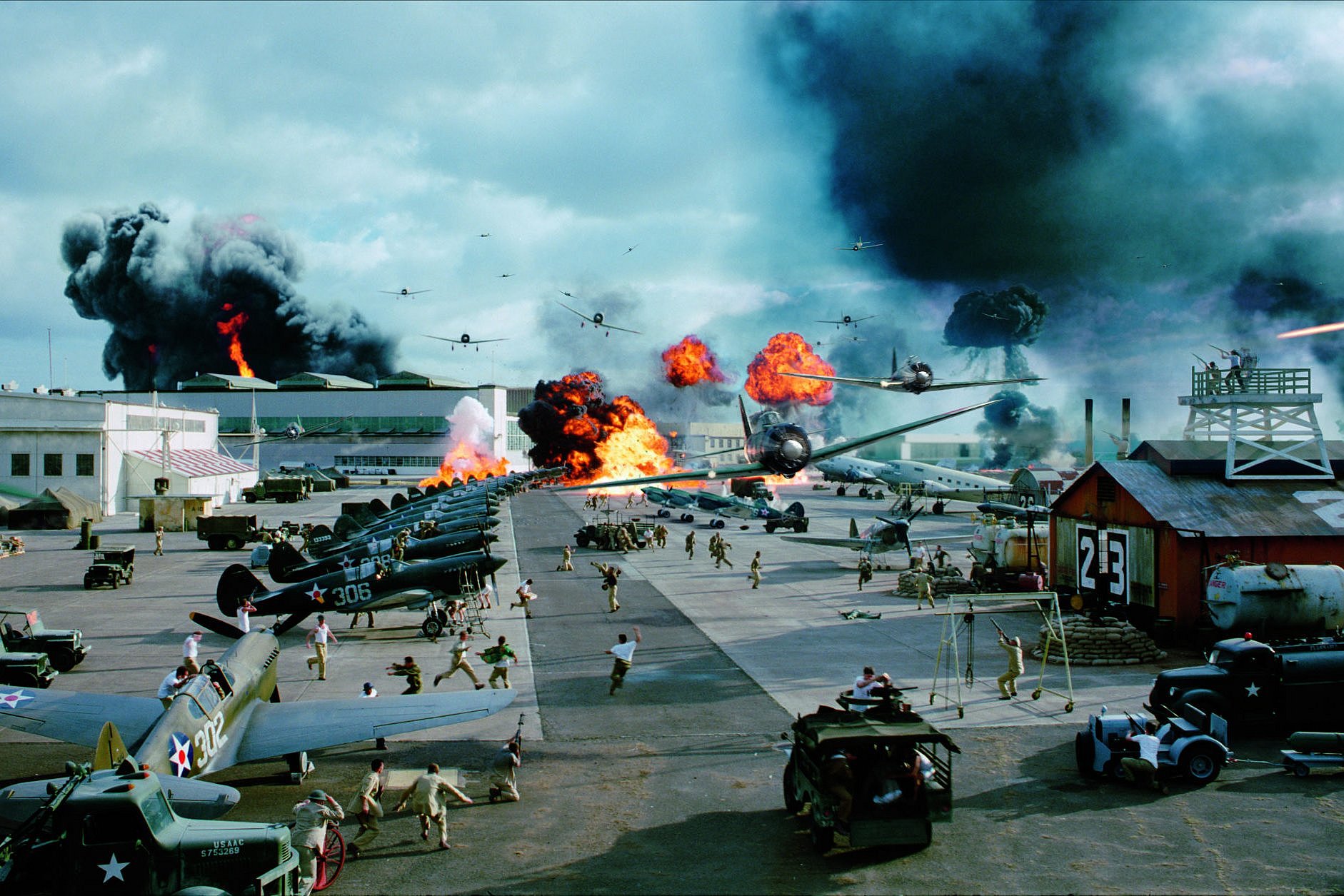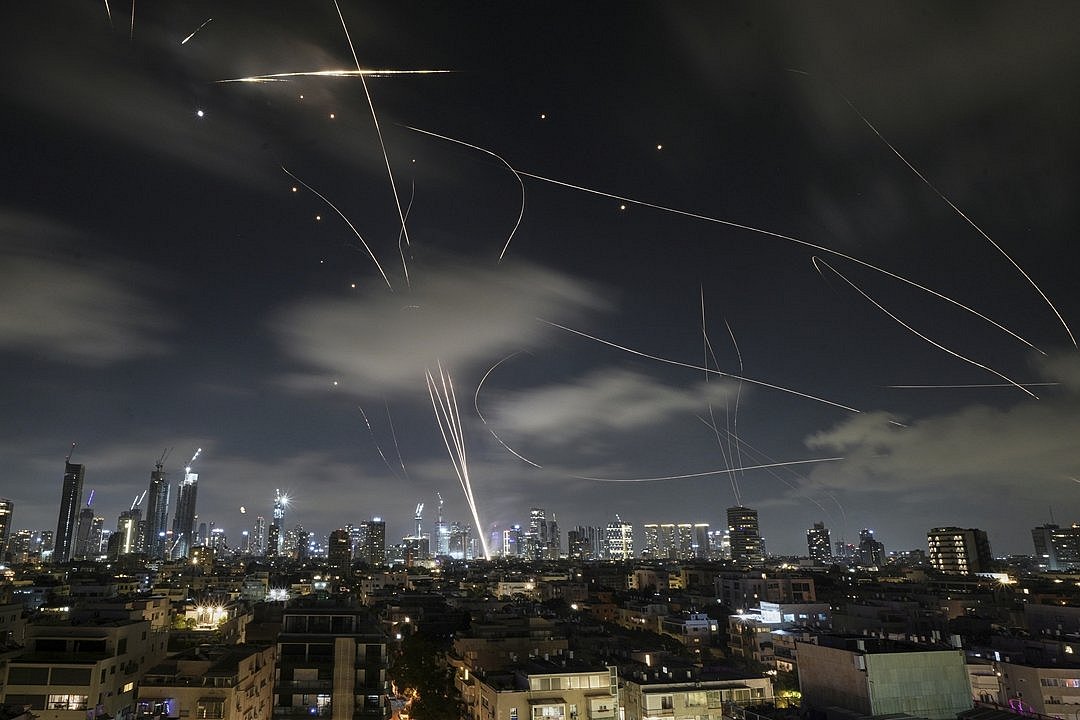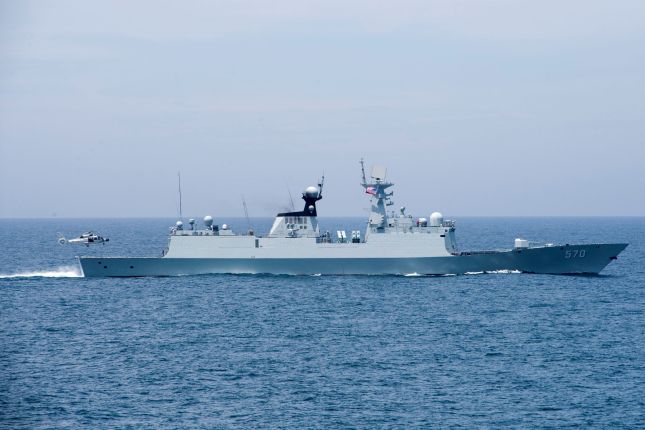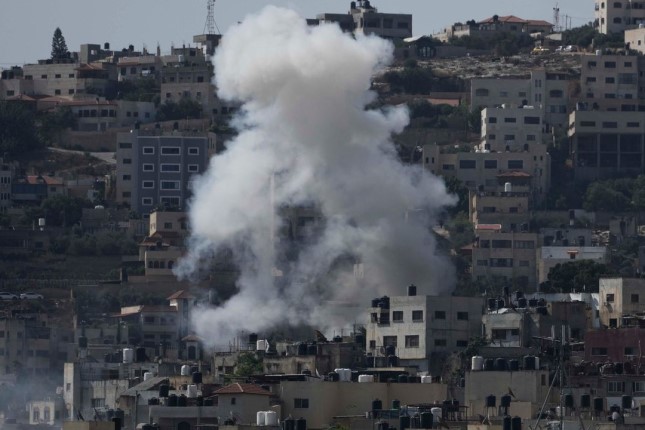On June 8, 2024, Israeli forces killed 276 Palestinians in Gaza while rescuing four hostages: Noa Argamani, Shlomi Ziv, Almog Meir Jan, and Andrey Kozlov.
The White House’s national security advisor at the time, Jake Sullivan, claimed that the U.S. “did not participate militarily in this operation,” which became known as the Nuseirat massacre.
But Declassified can reveal that a U.S. Navy MH-60 Blackhawk helicopter was flying close to the hostage drop-off site in Israel shortly after the last hostage was reported as rescued.
This specific helicopter had been transported to the eastern Mediterranean on an unidentified vessel in May 2024, apparently under cover of the construction of the U.S. aid pier.
Over the following weeks, it conducted practice flights near to the hostage drop-off site, and then never flew again in Israel after the massacre took place.
The revelation appears to contradict the official narrative of the White House, and suggests direct U.S. military intervention in the operation itself.
The Washington Post previously reported that the entire Nuseirat raid had been planned using intelligence provided by a special forces cell operating in Israel alongside C.I.A. officers.
The identities of Delta Force soldiers in a secret U.S. “hostage rescue unit in Israel” were also inadvertently revealed by former U.S. President Joe Biden in a now-deleted social media post.
The U.S. Department of War was approached for comment, and declined to answer all questions related to this specific helicopter and the flights it took in Israel.
U.S. Special Operations Command also declined to answer questions related to the Blackhawk. It only said that special forces “had not been on the ground” in Gaza, failing to address air or tactical support.
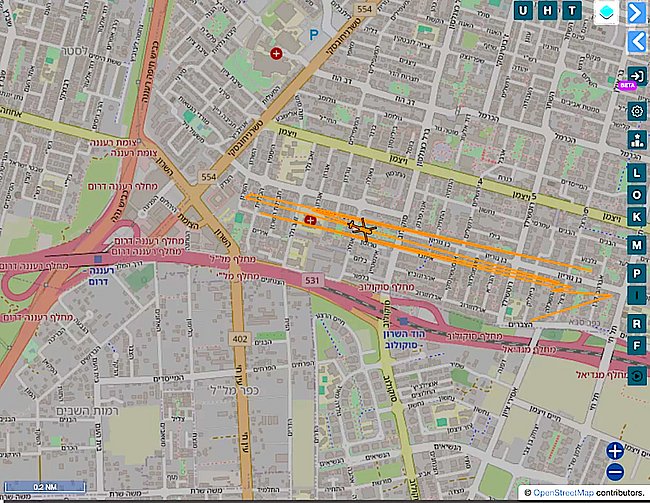
The same U.S. Navy Blackhawk appeared for two minutes in Israel on June 8, 2024, from 16:34 to 16:36 local time.
The Day of the Massacre
Using an open-source flight tracking database, Declassified detected a brief location transmission from the U.S. Blackhawk (registration 166597) at 16:34 local time, just a four-minute flight from the hostage drop-off site.
The signal was transmitted just two hours after the last hostage had been reported as rescued by Israeli forces, suggesting that the U.S. Blackhawk may have been providing tactical air assistance or back-up support during the operation.
Three of the hostages were rescued onboard an Israeli CH-53 Sea Stallion helicopter, and the final hostage was rescued onboard an Israeli UH-60 Blackhawk.
A pilot identified as “R” from the 124th Squadron of the Israeli Air Force said that a third helicopter was initially supposed to “get Noa out,” but that “this helicopter’s capabilities were damaged in the operation.”
This raises the prospect that it was the U.S. Navy’s Blackhawk helicopter that was supposed to rescue the final hostage but was damaged during the operation.
How Did the Helicopter Get to Gaza?
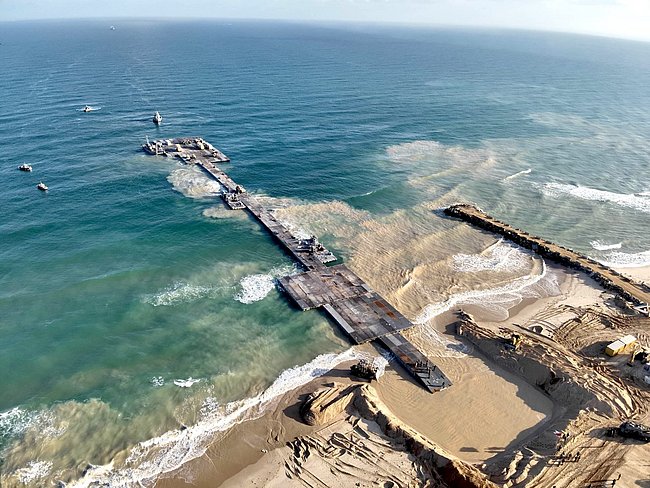
The short-lived Gaza floating pier in May 2024.
The Nuseirat massacre took place weeks after the U.S.-constructed aid pier in Gaza finally became operational.
The pier mission was widely criticized as a publicity stunt given the difficulties encountered during construction and the highly limited quantities of aid transported through it.
One of the vessels that carried aid to Gaza was the MV Sagamore, a ship that was later reported by the Palestinian Youth Movement and the Intercept to have transported weapons to Israel.
The U.S. Blackhawk suspected of participating in the Nuseirat massacre was transported to Gaza on an unidentified vessel that arrived alongside ships participating in the “aid pier” mission.
On May 13, the Blackhawk flew from the Mediterranean to Israel for the first time, before flying back to sea, with no clear landing site identified.
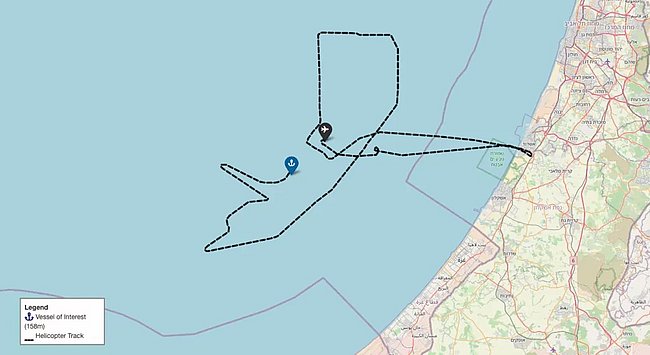
The May 15 flight path.
Two days later, the same MH-60 Blackhawk flew from a vessel to Israel, before flying into airspace miles away from Gaza. It then landed on an unidentified vessel 50 km away from the Gaza shoreline which did not have its transponder switched on.
During this same time period, at least two U.S. naval vessels (USS Arleigh Burke and USS Paul Ignatius) were deployed to Gaza, ostensibly to protect the Gaza aid pier. Both of these are Arleigh Burke-class missile destroyers, which have the capability to land Blackhawk helicopters.
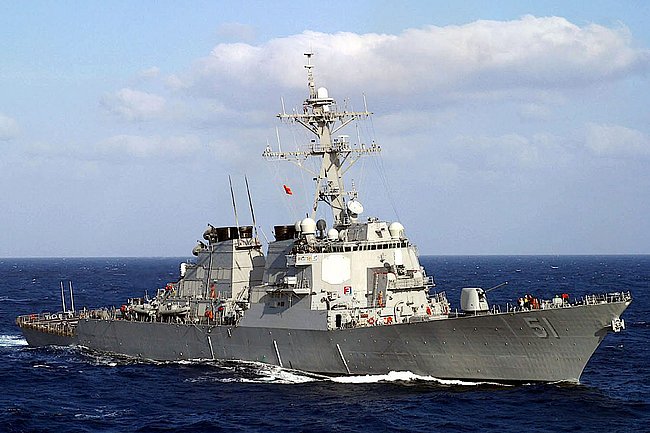
USS Arleigh Burke in the Mediterranean Sea in March 2003.
The length of these vessels is consistent with the length of the vessels observed via satellite imagery that the MH-60 Blackhawk landed on.
On May 20, 18 days before the massacre, the helicopter was seen flying over Israel, just over 7 kilometers northeast (a 1-3 minute flight in an MH-60 helicopter) of the Sheba Medical Center, where the hostages were rescued to.
The Nuseirat operation took “weeks of meticulous planning and intelligence gathering,” according to Israeli officials.
After the massacre, the helicopter was not seen flying in Israel again, and instead re-appeared flying from Egypt into the Eastern Mediterranean on June 13, where it turned off its transponder flying low over an unidentified vessel with the same length as the original vessel it flew onto on May 15th.
Source: Consortium News.
